
 Take one middle-aged misanthrope with a block of ice where a heart should be. Mix in one child with unconventional social skills. Shake lightly. Let simmer for 90 minutes, give or take.
Take one middle-aged misanthrope with a block of ice where a heart should be. Mix in one child with unconventional social skills. Shake lightly. Let simmer for 90 minutes, give or take.
That’s hardly a new recipe for the movies (see: The Bad News Bears, Bad Santa, St. Vincent, et al.), yet one good reason exists for its refusal to fade away: When made correctly, the end result can be most satisfying.
Laura Steinel’s Family is most satisfying. Its initially loathsome, crusty center is Kate (Taylor Schilling, The Prodigy), so career-driven she apparently has never met — nor knows the name of — her only niece, Maddie (Bryn Vale, TV’s Red Band Society). While that’s hard to believe in real life, it’s the stuff of cringe comedy, which kicks into high gear when heretofore-absent Aunt Kate is forced to babysit the tween Maddie for a few long days and longer nights. Naturally, the two have little have in common; Kate likes her 401(k) and perceived superiority, while Maddie is more into, oh, chicken parmesan and magic swords.
 Wise beyond her years and awkward as a three-dollar cryptocurrency, Maddie desperately seeks a familial connection that neither her parents nor Kate can provide. Mom and Dad (Krampus’ Allison Tolman and Jurassic World’s Eric Edelstein), while loving and well-meaning, don’t understand her; Kate simply doesn’t give a fuck. Well, at least not at first. She starts to turn around once Maddie entertains becoming a disciple of the hip-hop act Insane Clown Posse — you know, a Juggalo.
Wise beyond her years and awkward as a three-dollar cryptocurrency, Maddie desperately seeks a familial connection that neither her parents nor Kate can provide. Mom and Dad (Krampus’ Allison Tolman and Jurassic World’s Eric Edelstein), while loving and well-meaning, don’t understand her; Kate simply doesn’t give a fuck. Well, at least not at first. She starts to turn around once Maddie entertains becoming a disciple of the hip-hop act Insane Clown Posse — you know, a Juggalo.
Having only seen Schilling in dramas, I found her to be revelatory. She is not afraid to go deep on portraying the hateful Kate, and that devotion is key to making her character’s arc work. She’s even funnier than the film’s real Kate, as in McKinnon (Office Christmas Party), who plays the nosy next-door neighbor. However, both ladies have Family stolen right out from under them by 20-year-old Fabrizio Zacharee Guido (World War Z) as Dennis, the convenience store worker who introduces Maddie to Insane Clown Posse and, accordingly, calls himself Baby Joker. Family is never more hilarious — and it is often that — than when he’s onscreen.
You’ll be glad this Family isn’t yours, but grateful of the time spent together. —Rod Lott

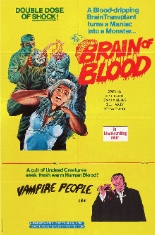
 As the elderly ruler of a fictional Middle Eastern country, Amir (Reed Hadley,
As the elderly ruler of a fictional Middle Eastern country, Amir (Reed Hadley, 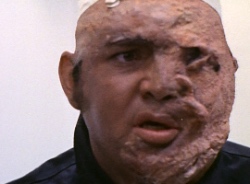
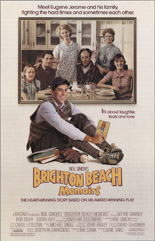
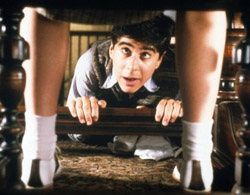
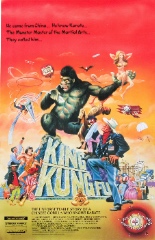
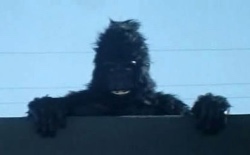
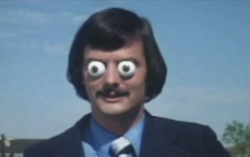
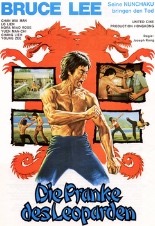
 According to this
According to this